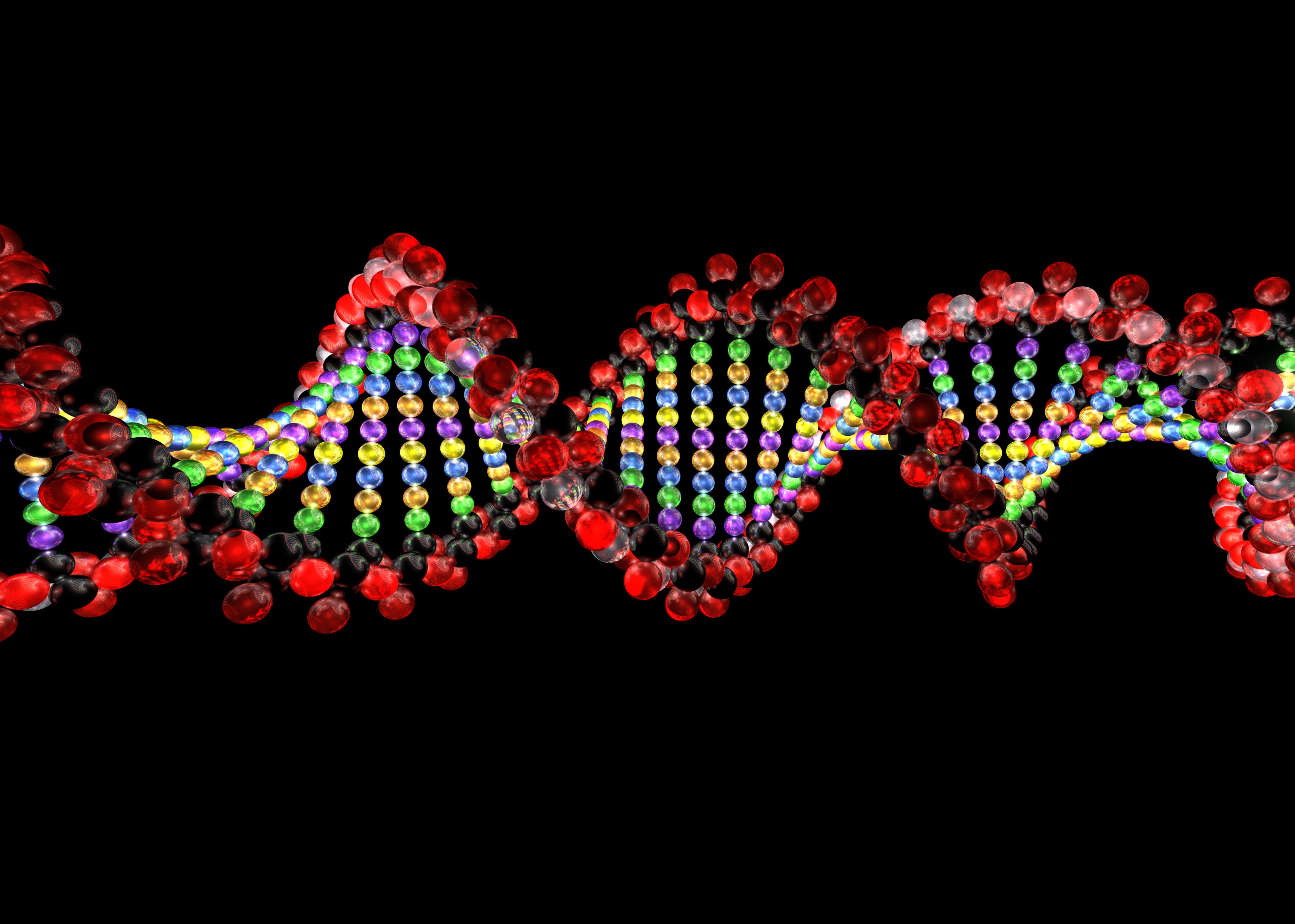ABRF Coverage from San Diego, CA
BioInformatics LLC was on site in sunny San Diego, California for the third day of the 2017 Association for Biomolecular Resource Facilities (ABRF) meeting in San Diego, California. An organization representing more than 900 members involved with biotech core labs and research facilities, ABRF offers educational and career resources, as well as oversees multi-center research studies.
The day’s Genomic presentations were heavily focused on single-cell sequencing. The ABRF Genomics Research Group presented early results of its study of single-cell RNA-seq technologies. The study evaluated five platforms: WaferGen’s iCell8, Illumina/Bio-Rad Laboraotries’ ddSEQ, Fluidigm’s 96-cell IFT and HT-IFC, and 10x Genomics’ Chromium. In evaluating such platforms, the Group recommends researchers consider: cell number, cell size, cell morphology, splicing/isoform data, the cell enrichment process and if they are working with rare populations. Trade-offs include discovery versus characterization, flexibility versus ease of use, and initial versus processing time.
Molly He, senior director of Scientific Research at Illumina gave a glimpse behind the science at Illumina R&D, discussing the company development a new generation of NGS SBS chemistry for improved speed and for longer read lengths by reducing phasing (a sequencing-by-synthesis consequence in which repeated amplification results in the de-synchronizing of signals leading to higher noise to signal). The company’s efforts included protein engineering and the development of a high-throughput solution assay to determine the intrinsic properties of polymerases. In addition, assays were developed to determine the sequencing system’s impact on polymerase behavior. Findings showed that the faster the enzyme, the less the phasing values. The next step was the study of enzyme kinetics to find faster enzymes, which were likewise tested for system impact.
New products at the show included NanoString Technologies’ nCounter PlexSet reagents, which increase the throughput of its nCounter digital gene expression system from 12 samples to up to 96 samples with 12-probe or 24-probe multiplexing. Time savings compared to qRT-PCR are realized through a protocol that requires only lysing. Bionano Genomics showed its new Saphyr optical mapping solution for discovery of large-scale structural variants. The third-generation system has 10x higher throughput for one genome per day (followed by 24 hours of analysis time), lowering the cost per sample and enabling a broader set of applications, such as population studies and clinical research.





